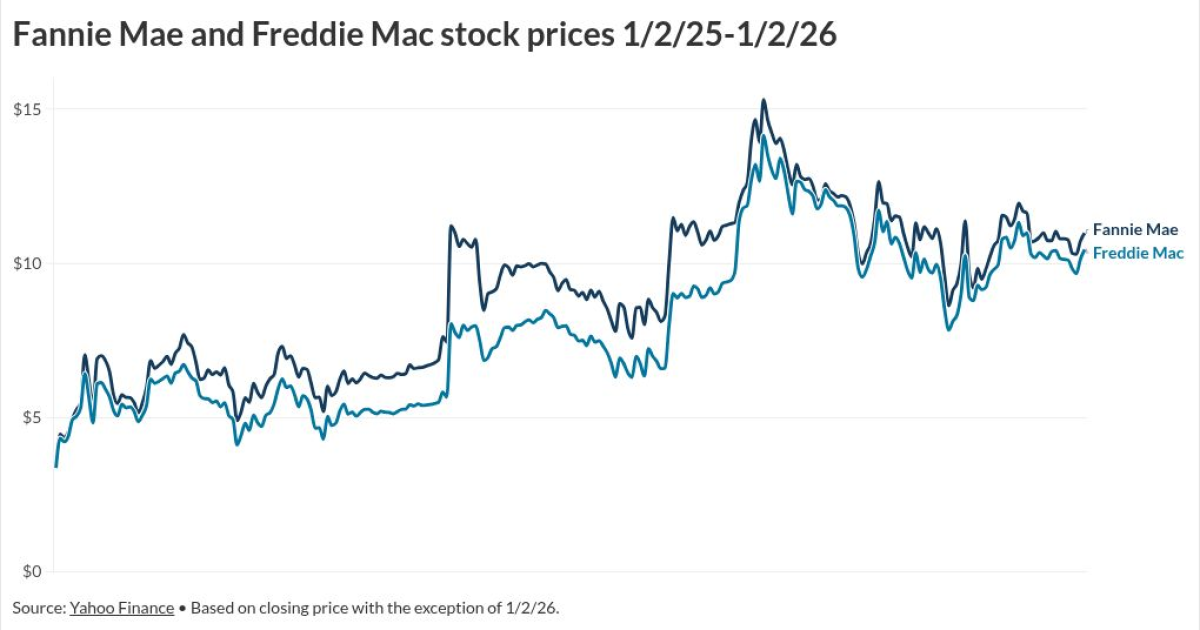
Fannie Mae on Thursday priced a $659 million credit-risk transfer through a
Since
The vote this fall will pit former President Trump against current President Biden, two administrations under which disparate capital rule treatment for structured credit-risk transfers were imposed.
The GSE capital framework drawn up under Mark Calabria, who formerly headed the Federal Housing Finance Agency during the Trump administration, increased the risk weighting for credit risk transfers.
Due to that development and a pandemic-related disruption of the market, Fannie temporarily withdrew from CRT activity.
It's unclear whether Calabria would be asked to return in a second Trump administration and if he would serve in the same post at the FHFA if asked. Calabria has said
McKernan has not responded to requests for comment on political analysts' speculation. He has made references and comparisons to the FHFA's 2020 capital framework while speaking on the evolution of bank capital rules.
Participants other than Fannie in the CRT market include its smaller but still significant rival in the influential government-related mortgage market, Freddie Mac. Freddie participated more consistently while Fannie was on hiatus. Banks and other private players have done deals too.
Reports of bank activity picking up
This week's Connecticut Avenue Securities transaction, CAS Series 2024-R05, was designed to allow the government-sponsored enterprise to share part of the credit risk from a reference pool of single-family loans with an unpaid principal balance of around $21.5 billion.



